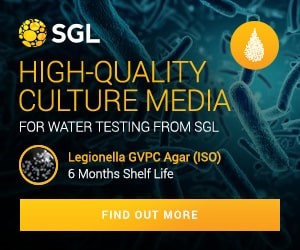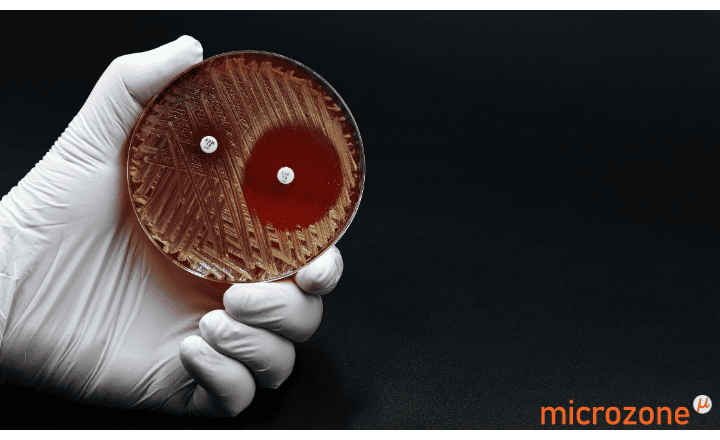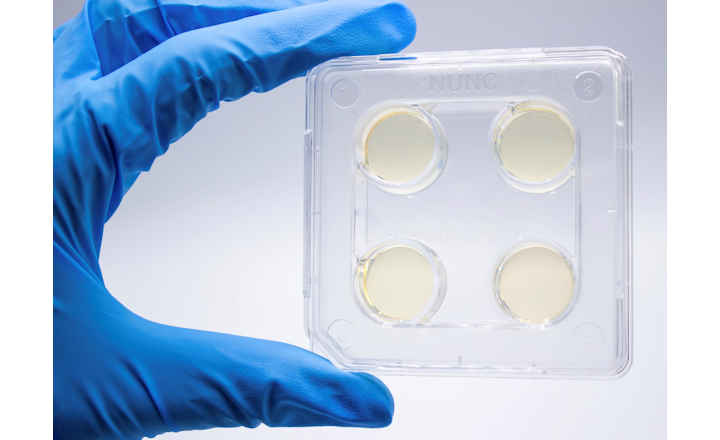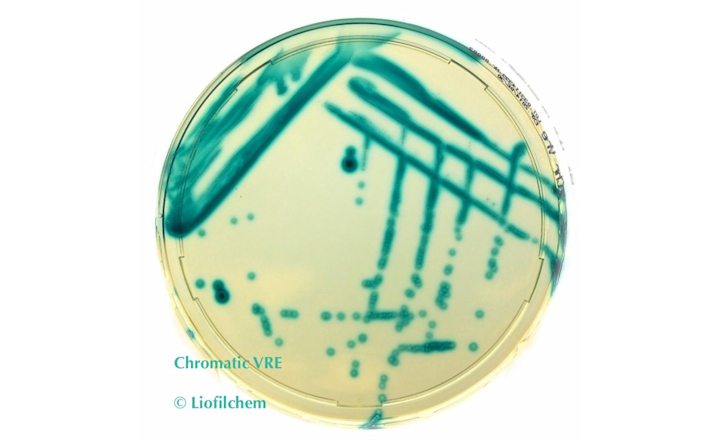World Health Organistion has published for the first time ever, a list of antibiotic-resistant "priority pathogens" – a catalogue of 12 families of bacteria that pose the greatest threat to human health. The list is intended to guide and promote R&D of new antibiotics, as part of WHO’s efforts to address growing global antimicrobial resistance.
The list highlights in particular the threat of gram-negative bacteria that are resistant to multiple antibiotics. These bacteria have built-in abilities to find new ways to resist treatment and can pass along genetic material that allows other bacteria to become drug-resistant as well.
"This list is a new tool to ensure R&D responds to urgent public health needs," says Dr Marie-Paule Kieny, WHO's Assistant Director-General for Health Systems and Innovation. "Antibiotic resistance is growing, and we are fast running out of treatment options. If we leave it to market forces alone, the new antibiotics we most urgently need are not going to be developed in time."
The WHO list is divided into three categories according to the urgency of need for new antibiotics: critical, high and medium priority.
Priority 1: CRITICAL - HAI multidrug resistant bacteria
- Acinetobacter baumannii, carbapenem-resistant
- Pseudomonas aeruginosa, carbapenem-resistant
- Enterobacteriaceae, carbapenem-resistant, ESBL-producing
Priority 2: HIGH - increasingly drug-resistant bacteria
- Enterococcus faecium, vancomycin-resistant
- Staphylococcus aureus, methicillin-resistant, vancomycin-intermediate and resistant
- Helicobacter pylori, clarithromycin-resistant
- Campylobacter spp., fluoroquinolone-resistant
- Salmonellae, fluoroquinolone-resistant
- Neisseria gonorrhoeae, cephalosporin-resistant, fluoroquinolone-resistant
Priority 3: MEDIUM - increasingly drug-resistant bacteria
- Streptococcus pneumoniae, penicillin-non-susceptible
- Haemophilus influenzae, ampicillin-resistant
- Shigella spp., fluoroquinolone-resistant
The list is intended to spur governments to put in place policies that incentivize basic science and advanced R&D by both publicly funded agencies and the private sector investing in new antibiotic discovery. It will provide guidance to new R&D initiatives such as the WHO/Drugs for Neglected Diseases initiative (DNDi) Global Antibiotic R&D Partnership that is engaging in not-for-profit development of new antibiotics.
Tuberculosis was not included in the list because it is targeted by other, dedicated programmes. Other bacteria that were not included, such as streptococcus A and B and chlamydia, have low levels of resistance to existing treatments and do not currently pose a significant public health threat.
The list was developed in collaboration with the Division of Infectious Diseases at the University of Tübingen, Germany, using the following multi-criteria decision analysis technique:
- how deadly the infections they cause are; - whether their treatment requires long hospital stays; - how frequently they are resistant to existing antibiotics when people in communities catch them; - how easily they spread between animals, from animals to humans, and from person to person; - whether they can be prevented (e.g. through good hygiene and vaccination); - how many treatment options remain; and whether new antibiotics to treat them are already in the R&D pipeline.























